Garden Tilling for Healthy Soil
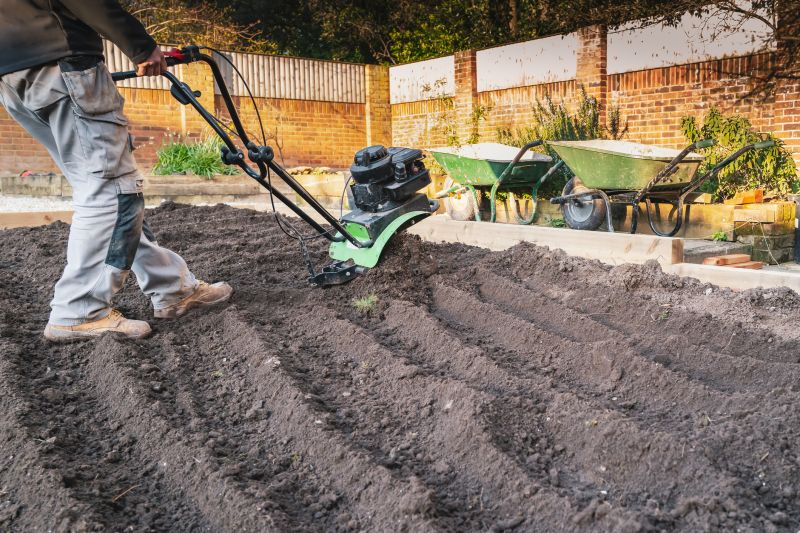
Spring is ideal for tilling before planting season begins, allowing soil to warm and aerate.

Fall tilling prepares soil for winter, breaking up compacted layers and improving drainage.

Tilling after harvest helps manage plant residues and prepares the soil for the next planting cycle.
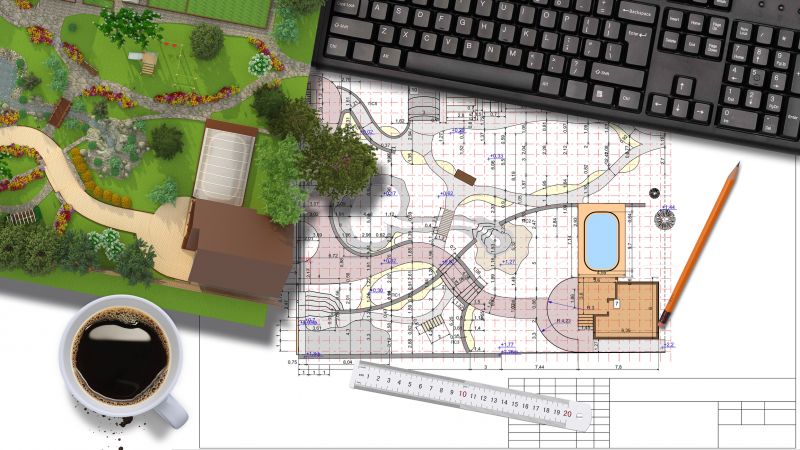
Ways to make Garden Tilling Service work in tight or awkward layouts.

Popular materials for Garden Tilling Service and why they hold up over time.
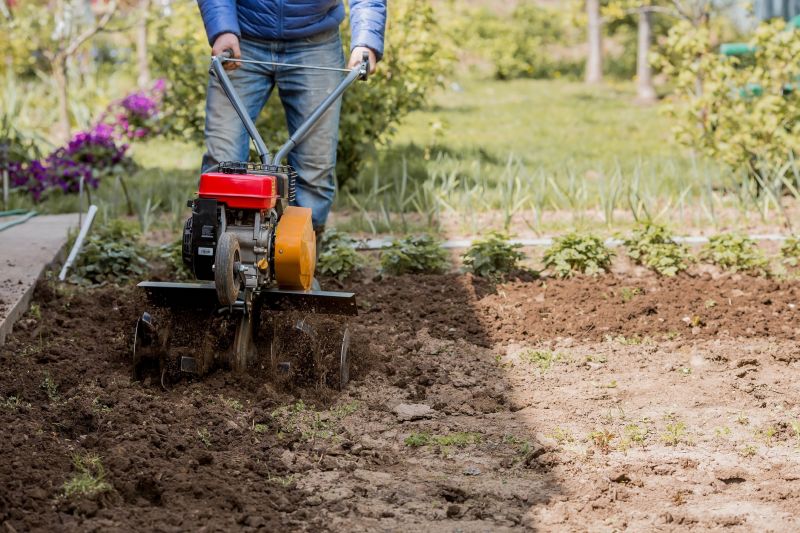
Simple add-ons that improve Garden Tilling Service without blowing the budget.
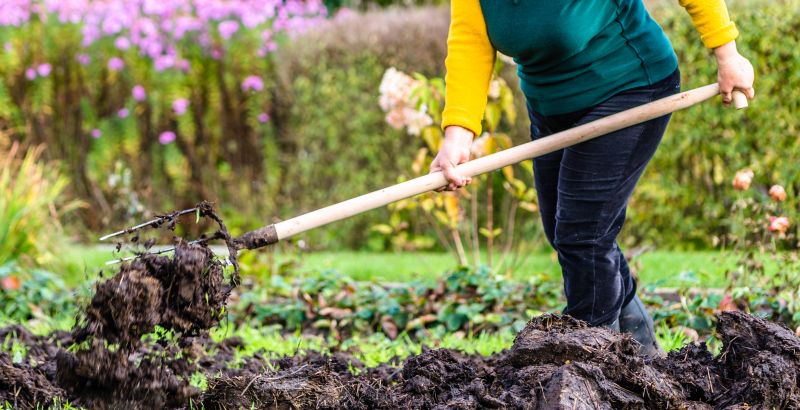
High-end options that actually feel worth it for Garden Tilling Service.

Finishes and colors that play nicely with Garden Tilling Service.
Garden tilling is a critical step in soil preparation, involving turning and loosening the soil to enhance aeration and nutrient absorption. Proper tilling improves soil structure, promotes healthy root growth, and can increase crop yields. Typically, the best times for tilling depend on climate and planting schedules, with early spring and fall being the most common periods. Tilling at appropriate times can also help control weeds and incorporate organic matter into the soil.
Enhances soil aeration, improves drainage, and promotes healthy plant growth.
Ideal tilling occurs when soil is moist but not waterlogged for easier work and better results.
Timing tilling correctly aligns with planting cycles to maximize crop productivity.
Tilling should be done when soil temperatures are suitable for seed germination, typically above 50°F.
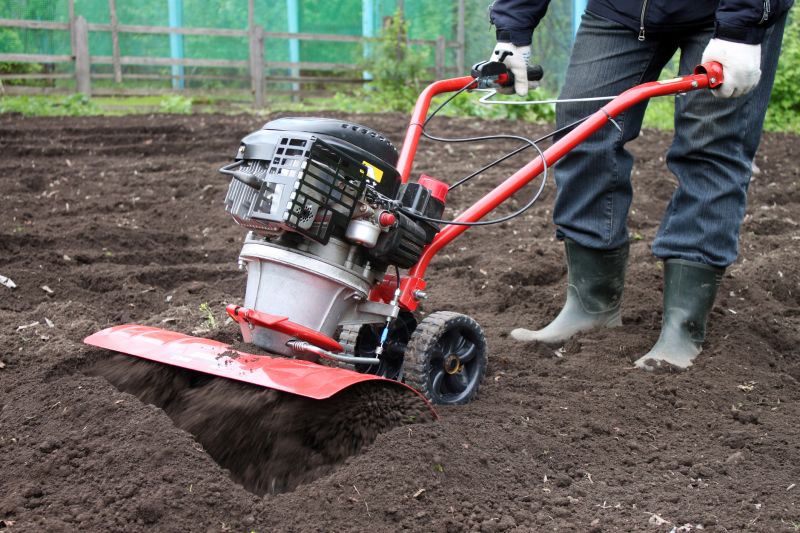
Farmers prepare soil for planting with tillers during early spring.
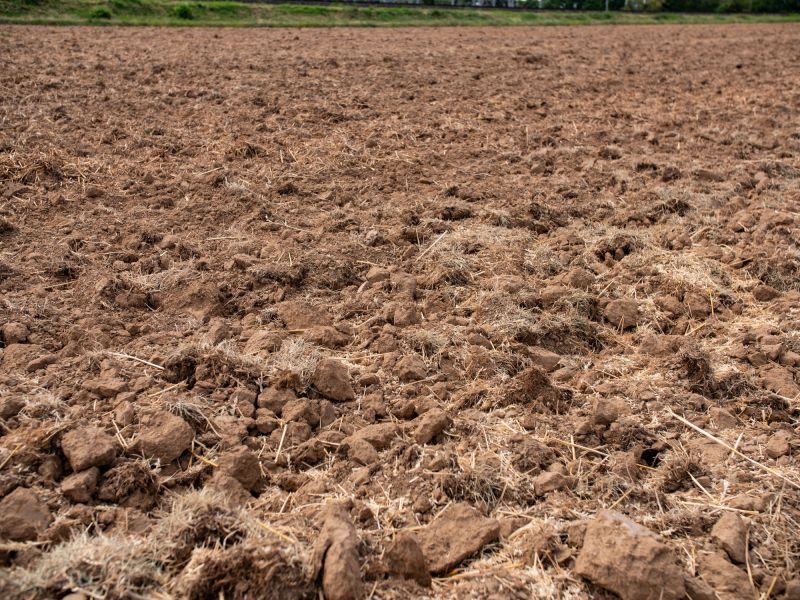
Tilling after harvest helps break down crop residues and aerate the soil.

Farmers incorporate organic matter into soil to improve fertility.
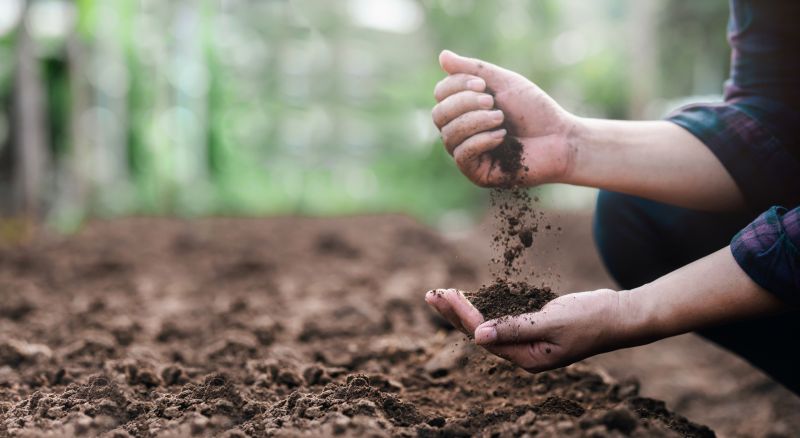
Checking soil moisture levels ensures optimal tilling conditions.
| Season | Recommended Tilling Time |
|---|---|
| Spring | Before planting, when soil warms and is workable |
| Fall | After harvest, before winter |
| Post-Harvest | Immediately after crop removal |
| Summer | Rarely recommended, unless for specific soil management |
| Winter | Generally not suitable for tilling |
Timing garden tilling appropriately can significantly impact soil health and plant productivity. Tilling during optimal conditions ensures soil aeration, reduces compaction, and promotes better nutrient cycling. It is essential to monitor soil moisture and temperature to determine the best window for tilling. Proper timing minimizes soil disturbance and supports sustainable gardening practices.
